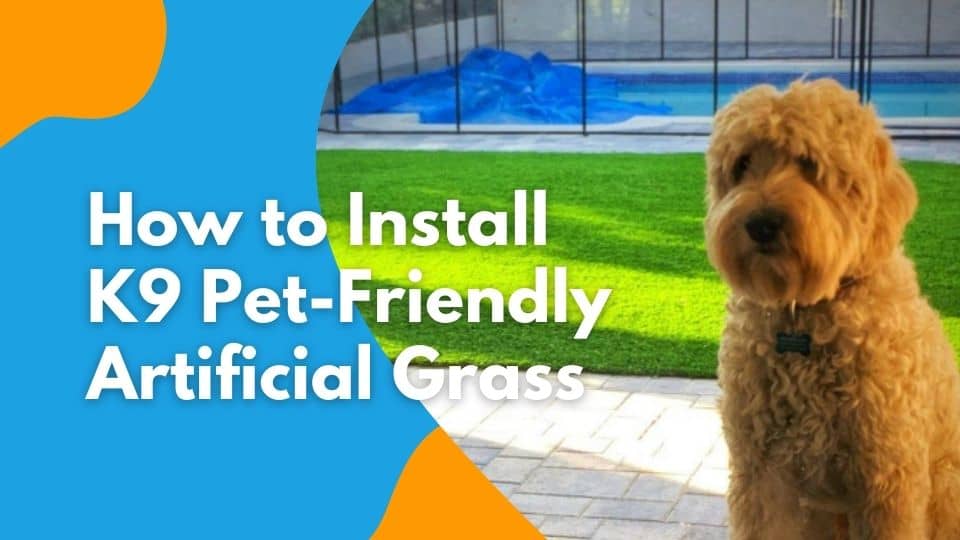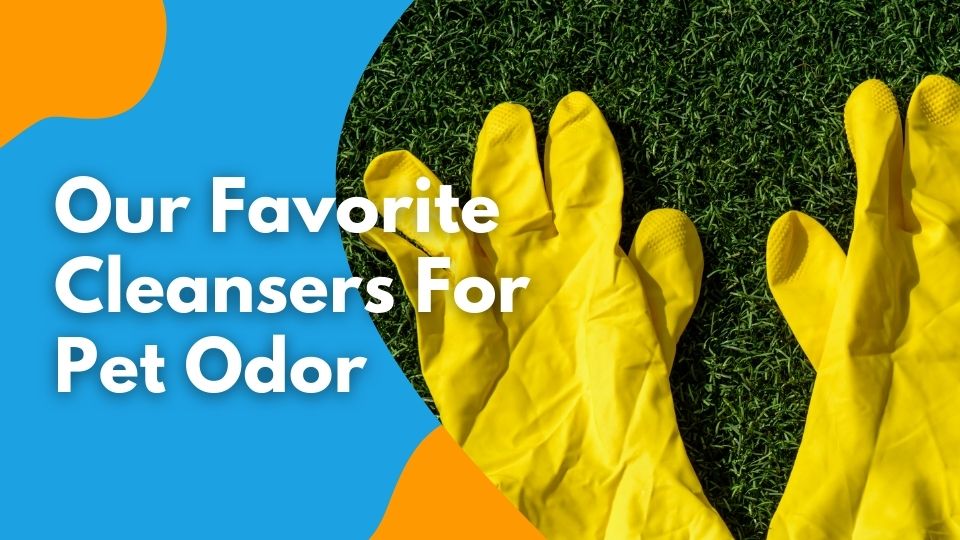
Learn how to install K9 pet turf artificial grass systems for dogs. Discover the best and most used approaches to proper pet turf drainage, and why it's so necessary....
When it comes to artificial grass, it’s all in the plastic. This includes the intricate combination of white plastic pellets and green plastic pellets that hold the colors, U.V. stabilizers, and additives. This creates the nice green colored grass you typically think of when artificial grass comes to mind. There are, however, other colors that have been developed, which have added a vibrant and unique touch to different types of spaces. These colors stay true over the years due to U.V. inhibitors that are built into the grass.
Today’s “third-generation” grass is comprised of polyethylene, polypropylene, and nylon material. That may sound like a mouthful, but you commonly use these plastics in water bottles and plastic bags. Let’s break down the creation process of artificial grass into 10 simple steps:
You may ask, how do all of the fibers stay intact for so many years, while undergoing different climate changes? This requires a 2-layer backing system that uses top of the line material in order to keep the grass a durable as it’s known to be. The primary backing, which is what the turf is looped through, has many types. These are known as K29 (the most widely used), D12, 13 PIC, and 15 PIC. The coating is what locks everything together and is extremely crucial! Some common components of the backings are polyurethane, latex, and hot melt. Here in Los Angeles and America in general, we use polyurethane to deliver the best quality artificial grass in the world!

Learn the best practices to keep your pet turf installation free of odor and bacteria. Hear industry-leading cleansers and their recommended uses. We'll also share when...